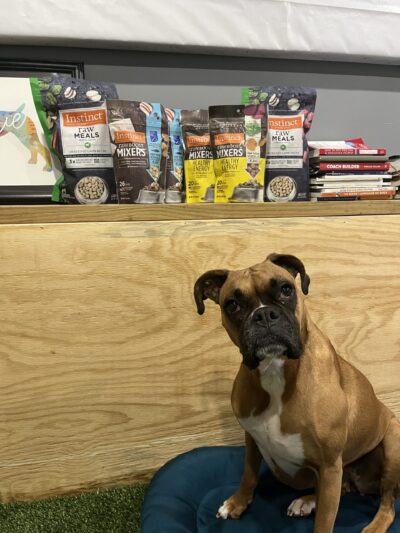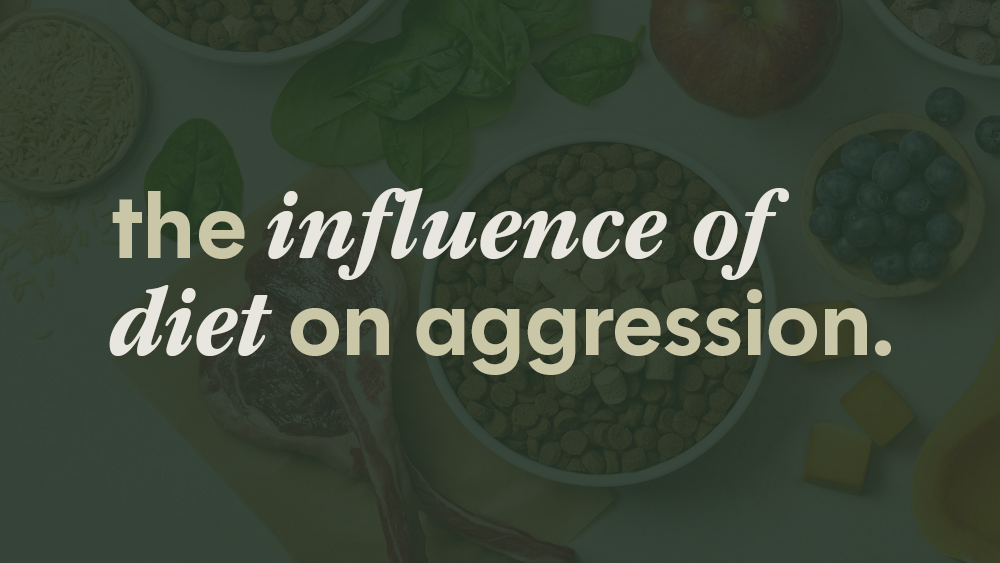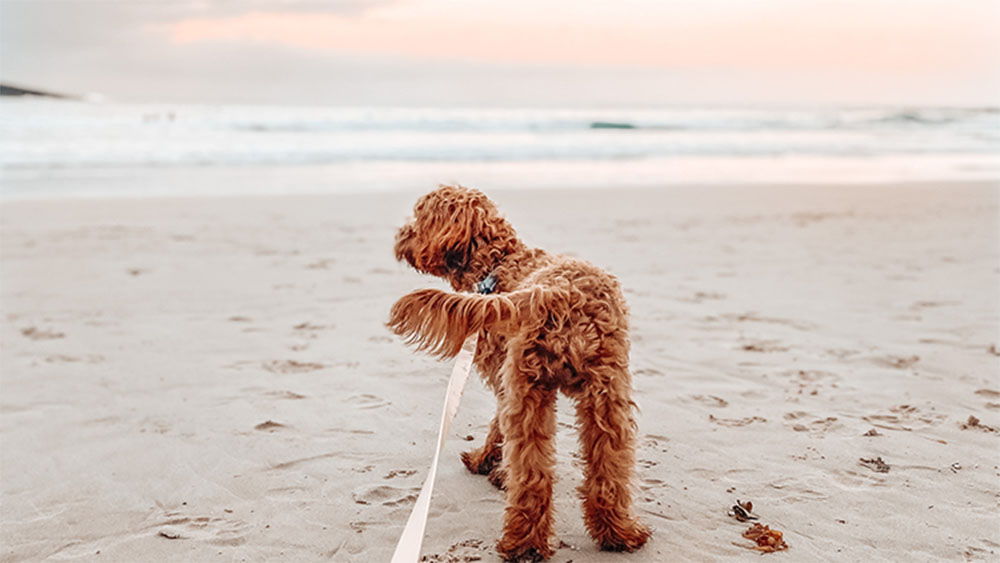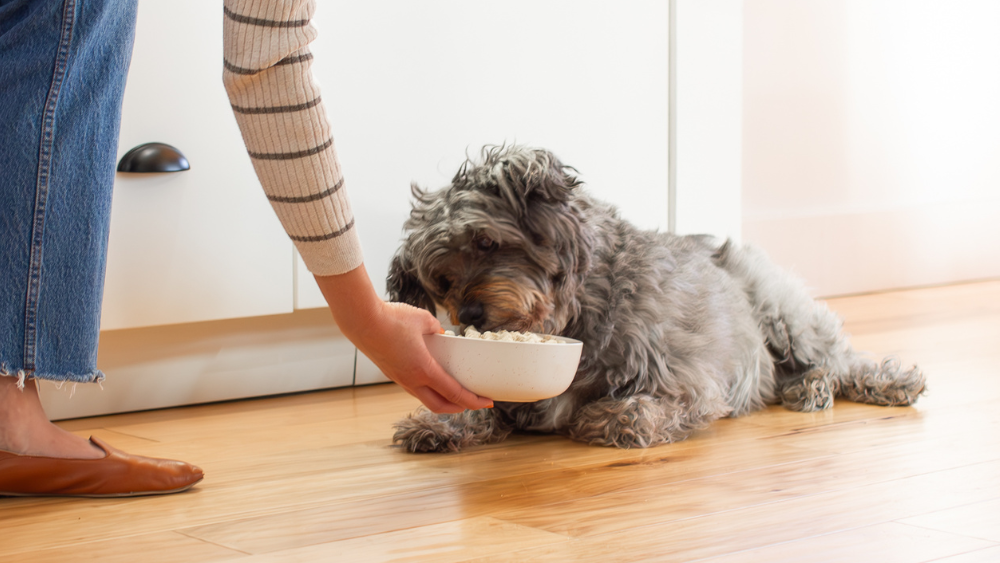
Sparking Motivation in Dog Training
By Mike Purcell, CPDT-KSA, Owner at All Canines Academy
Before we focus on your dog, let’s focus on you. What motivates you to learn new skills, go to work, work out your body, and train with your dog? Now let me ask you this…Do you ever find that your motivation changes? Your motivations will affect effort. Just as motivation is a requirement for you, it is also the key to unlocking your dog’s potential.
A motivated dog is eager, focused, and ready to learn new behaviors. Your dog needs to be offered something of value in order to be motivated. Just as you might need to be offered certain motivators in life to accomplish specific tasks. Most dogs want the ability to tap into their primal instincts through social interactive play; sometimes this is achieved with you or with access to high-value treats. First, you use these rewards to teach your dog behaviors, then train them across diverse environments with time, patience, and practice. When you offer rewards, you will find your dog is often driven to perform trained behaviors. When teaching is done correctly, the human-canine connection strengthens.
In this article, we are going to explore how to build motivation using food and play, dive into the idea of food as currency with varying values, and I will share a step-by-step guide to teaching your dog “Touch”, a core foundational behavior, using it as a practical starting point.
Why Motivation Matters
Motivation fuels learning. Many people go to work every day because they are motivated by the paycheck, and some people stop going to their jobs because they are no longer motivated by that paycheck. All the same, your dog will repeat behaviors that bring rewards, and the more they want the reward, the harder they will work.
Most dogs are motivated to learn new behaviors for high-quality treats; many of those same dogs live to play with a squeaky ball or tug toy. My recommended approach is to meet your dog where they are, using a variety of rewards to create more drive. In doing so, you will begin to find what foods create motivation and what treats have minimal value to your dog. Remember, your dog does not value all foods the same.
Have you ever seen your dog ignore or refuse treats when you offer it to them? That is because the food you have is of little to no value to your dog in, 1) in the present environment and/or 2) under the present distraction levels. By mixing motivators like food and play, you begin to create a learning environment where your dog is excited to engage, making every training session more effective and efficient.
Play: The Ultimate Motivator
While food is effective, play is often more motivating because of the social interaction it fosters. A game of tug or chase or find it isn’t just fun, it taps into your dog’s primal instincts, and ultimately strengthens your bond. That connection makes play a powerful reward, often outshining even the tastiest treat. I highly recommend building a daily habit of playing with your dog in various ways: try playing tug with a rope, play chase by bouncing and rolling a ball, or hide-and-seek with a toy. These moments aren’t just for fun, they are opportunities to train everything you want your dog to do, from recalls to impulse control. Food is just one motivator; play will reinforce behaviors while keeping training joyful and engaging. Aim for short, frequent play sessions to keep your dog’s enthusiasm high and make training feel like a game.
Food as Currency: Kibble vs. Freeze-Dried Treats
Food is a powerful motivator. It is one of the four most basic physiological needs: food, water, sleep and exercise. All things needed for your dog to survive. While food is a natural choice for training, not all food carries the same weight. I want you to think of food as currency: kibble is like pocket change, while freeze-dried foods are like gold. In a quiet home, a piece of kibble might be enough to reinforce a behavior like “touch.” But take that same kibble to a park with other dogs, squirrels and strangers, and it’s often not enough to compete. That’s when you need a higher-value reward, like Instinct Freeze-Dried Raw Meals. Those are my dogs, Bella and Gracie’s favorite and are easy to carry around in my pouch.
The difference in value is critical. Low-distraction settings, like your living room, are typically perfect for kibble. And if your dog is not motivated by the kibble alone inside, you can take some Instinct Raw Boost Shakers and coat your kibble with a potent smell. In high-distraction environments, like a walk or park, something like Instinct Raw Boost Mixers can become the currency that drives engagement. Of course every dog is unique in what they find to be most rewarding. Test different foods and different flavors to find what makes your dog tick, and match the reward value to the challenge.

Teaching “Touch” with Food Rewards
Let’s put motivation into action by teaching “touch,” where your dog boops your hand with their nose. It’s a simple behavior that builds confidence and engagement. We will use food, specifically Instinct Raw products, as the reinforcer for this exercise. Here’s how to get started
Steps to Teach “Touch”:
- Present Your Hand: Hold your fist with food about 2-6 inches from your dog’s nose. Wait silently—your dog will sniff or nudge as they smell that handful of Instinct freeze dried food.
- Mark & Reward: When their nose touches your hand, say “Yes!” and open your hand to present the food.
- Repeat and Refine: Practice 5-10 times with success.
- Fade the Food: Repeat Steps 1 – 3 with this change—Step 1: Present your fist without food
- Open Fist: Repeat Steps 1-3 with this change—Step 1: Present open palm as the new target
- Add the Cue: Say “Touch” just before you present the target to your dog. Reward with kibble for consistency or freeze-dried raw for extra motivation.
- Increase Difficulty: Move to indoor or outdoor settings with more distractions. Use Instinct Freeze-Dried Raw Meals to help drive motivation.
- Practice Daily: Keep sessions to 1-3 minutes, 2-3 times a day. Take a break if your dog seems overly distracted.
Tips for Success:
- Use kibble indoors, switching to freeze-dried raw meals for outdoor practice or busy parks.
- Experiment with different Instinct foods and treats to find your dog’s favorite.
- Adjust their meals to balance treat calories.
Most dogs are capable of developing a fluent “touch” within a few weeks, setting the stage for skills like reliable recalls and loose-leash walking.
Start Motivating Today
Motivation is about finding what makes your dog shine. Food, like Instinct’s kibble or freeze-dried meals, acts as currency. Feed less out of a bowl and instead, use the kibble for training simple behaviors while indoors and freeze-dried foods for higher-distraction environments. Play, with its social aspect, often surpasses food, making it a versatile tool to train any and all behaviors. Start teaching “touch” with Instinct Raw rewards, and weave daily play into your routine. Your dog will be eager to learn, and you’ll both have fun along the way. Try it now, and watch motivation transform your training!
About the Author
Mike Purcell is a CPDT-KSA certified professional dog trainer and the founder of All Canines Academy in Philadelphia, PA. With thousands of hours of hands-on training and a deep-rooted passion for strengthening the human-canine bond, Mike is known for his motivational, relationship-first approach to dog training. His philosophy is simple: training should be fun, engaging, and grounded in what truly matters—clear communication, consistency, and compassion.
Looking for more guidance and inspiration?
🎧 Listen to the podcast – The Unbalancing Dog Training Podcast
Spotify | Apple
📺 Watch our training videos – YouTube: All Canines Academy
📸 Follow daily tips and behind-the-scenes – Instagram: @allcanines215
🌐 Explore our programs & online courses – www.allcanines.com







